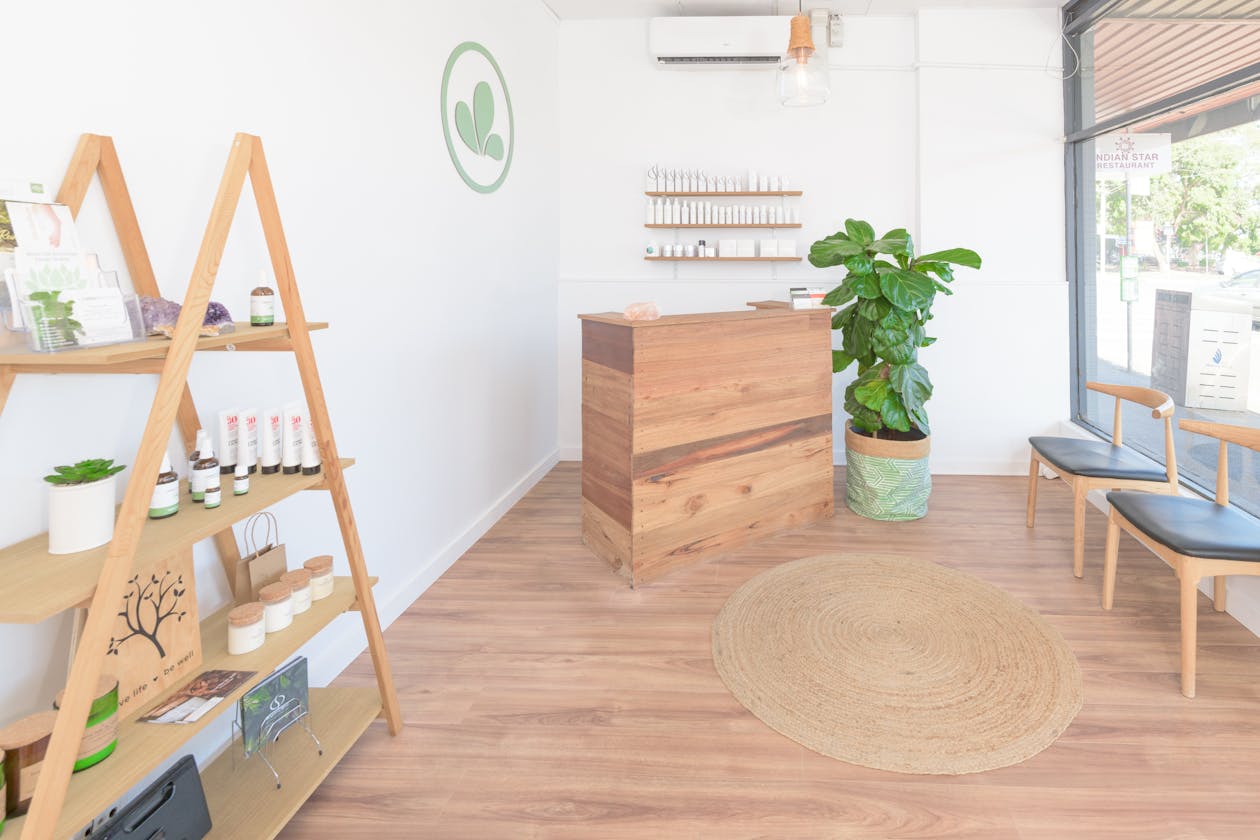
Face Mask Book your face mask appointment online and save
Top 20 Face Mask TreatmentsFor more salons, check out Fresha’s list of Beauty Salons.
 258 Maribyrnong Road, Moonee Ponds 3039(67)Moonee Ponds is home to Liebe Wellness, a multi-faceted wellness hub with a holistic approach to wellbeing. Specialities include yoga, naturopathy, massage and hypnotherapy. Discover the tools you need to create the life you deserve!
258 Maribyrnong Road, Moonee Ponds 3039(67)Moonee Ponds is home to Liebe Wellness, a multi-faceted wellness hub with a holistic approach to wellbeing. Specialities include yoga, naturopathy, massage and hypnotherapy. Discover the tools you need to create the life you deserve!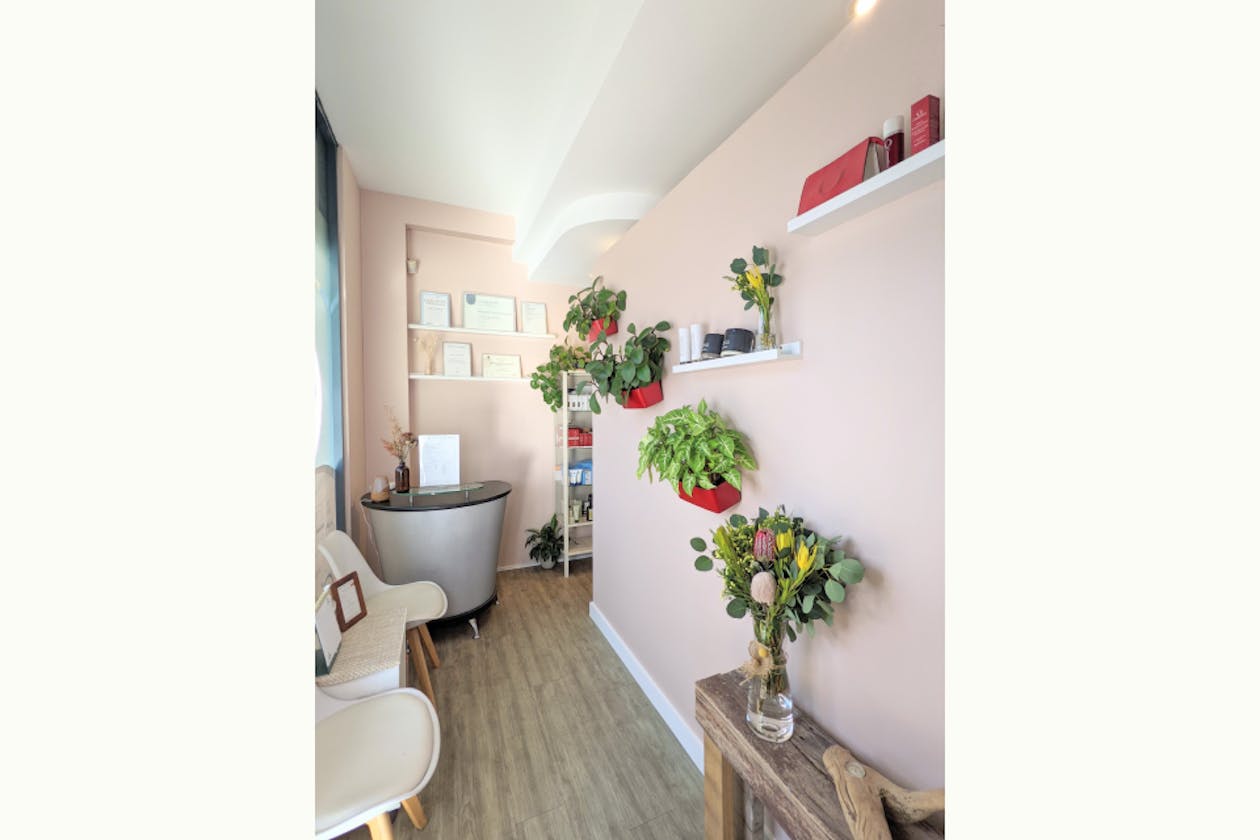
JH Beauty Lounge
Shop 6 / 99-111 Military Road, Neutral Bay 2089(51)The Japanese-trained beauty therapists at JH Beauty Lounge are experts in beauty. They're skilled in IPL hair removal and photorejuvenation techniques.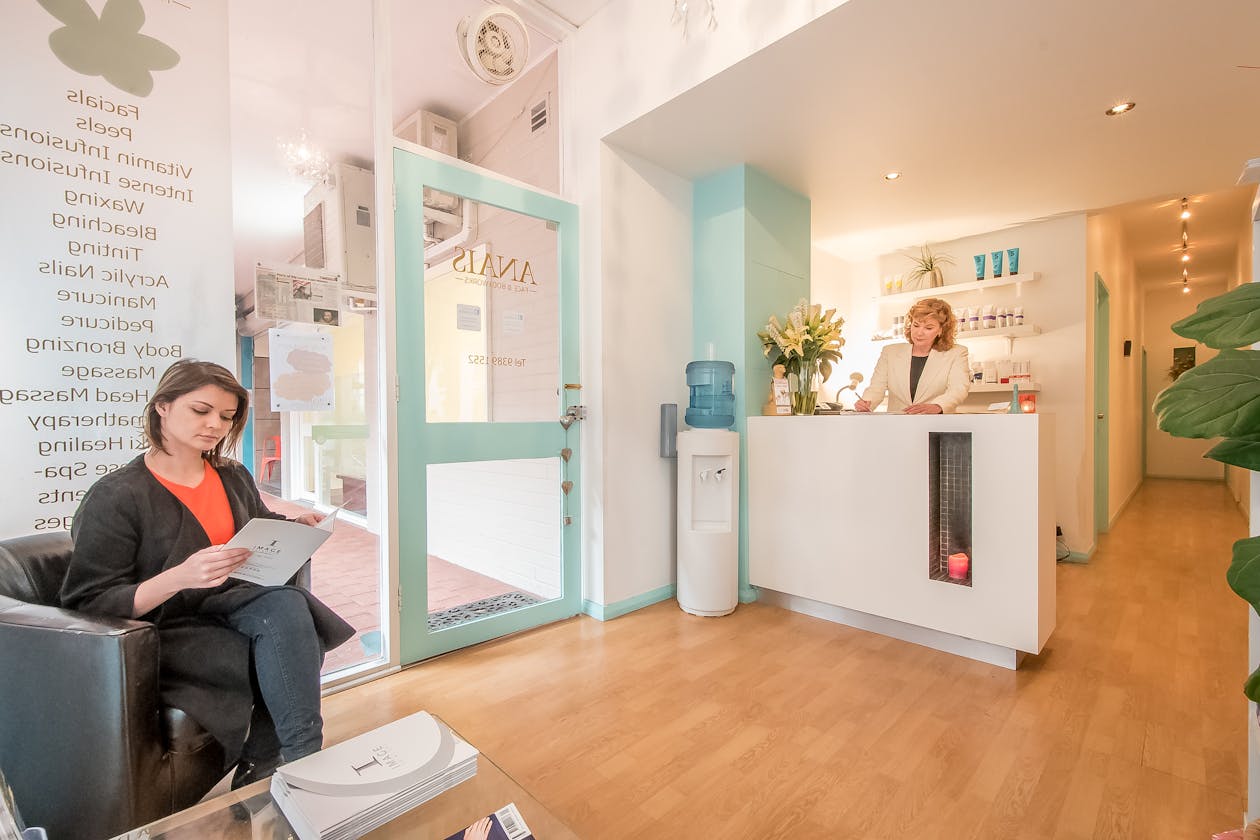
Dynamic Skin Services
16 / 88 Broadway, Nedlands 6009(5)Dynamic Skin Services offers leading technology in beauty therapy. They are experts in cosmetic tattooing using organic inks, and non-laser tattoo removal.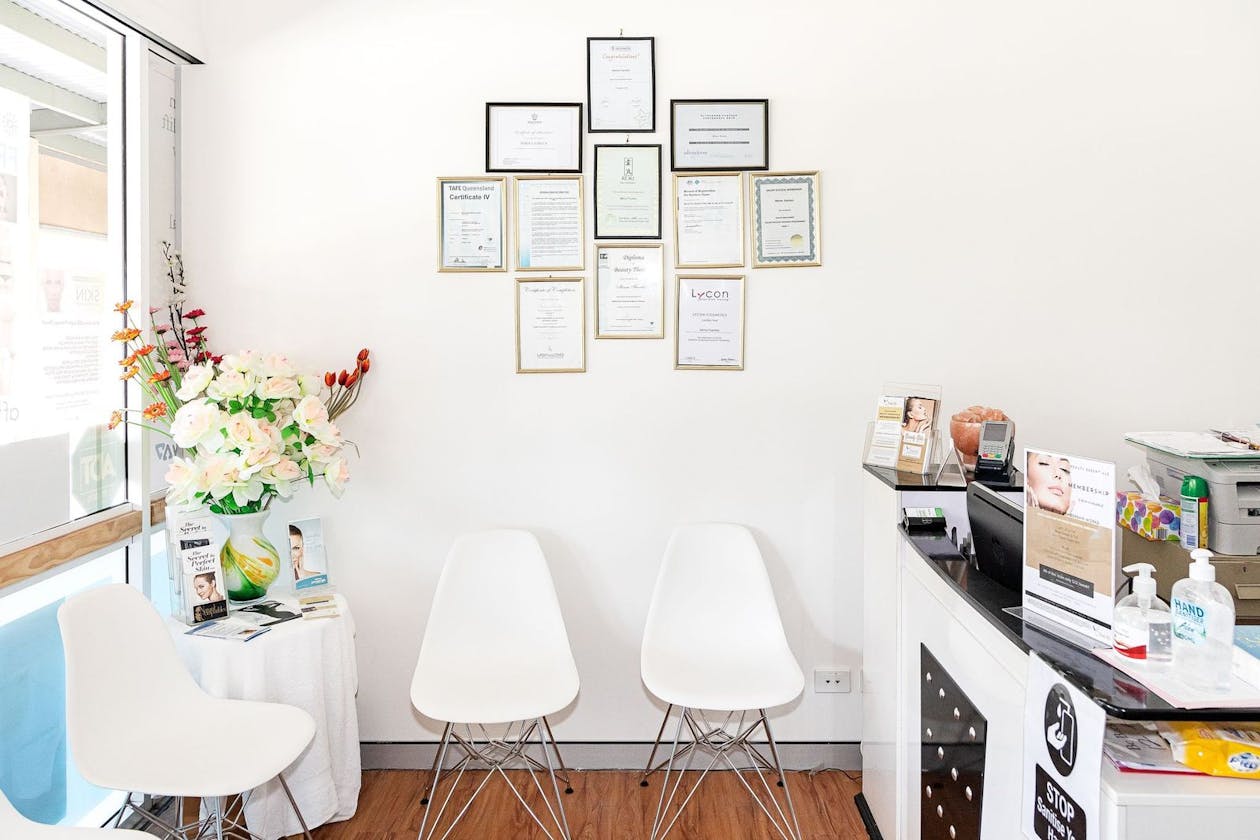
Beauty Blitz Skin & Body
Shop 8 / 76 Queens Road , Slacks Creek 4127(341)Beauty Blitz Skin & Body is a wonderful gem. Book in for an expert wax, heavenly facial, and eyelash extension, hot stone massage, or spa pedicure.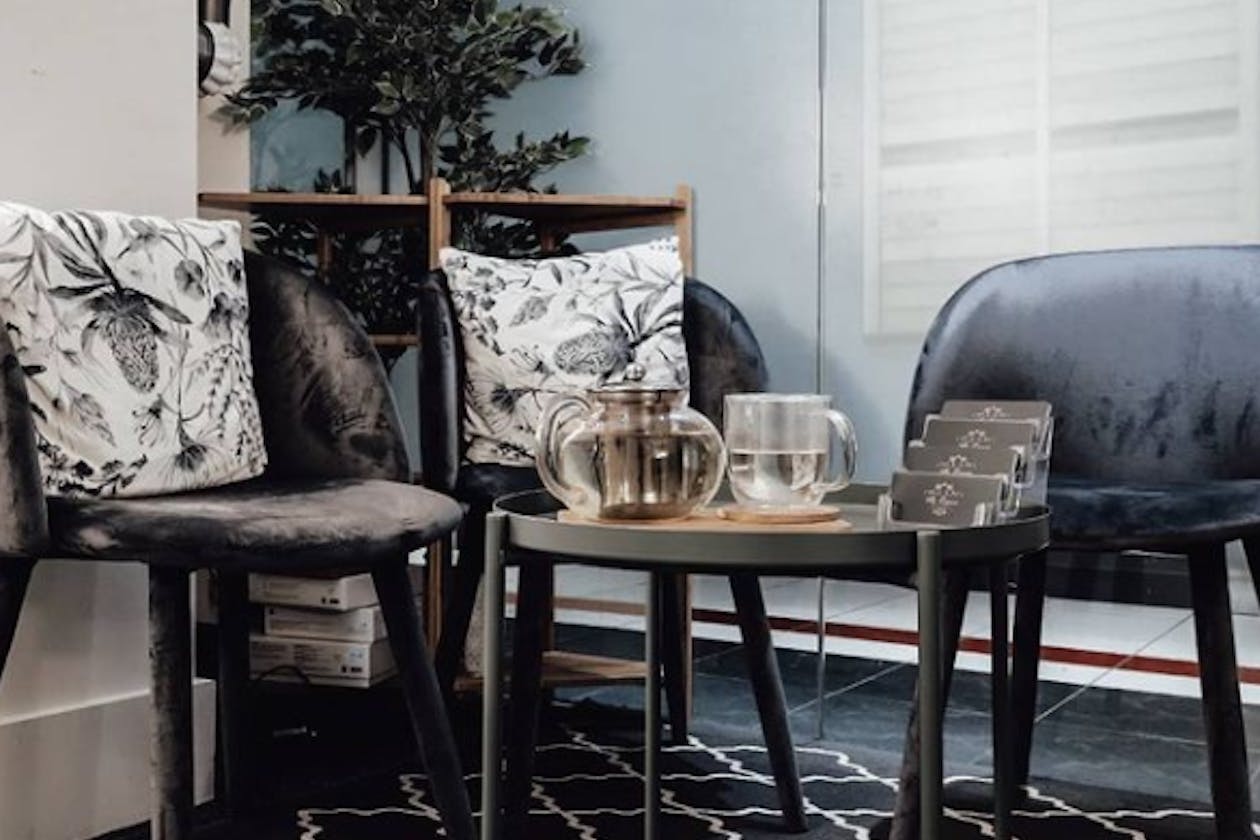
The Queen Total Beauty
8 Woodland Street, Melbourne (Strathmore), Victoria, Strathmore 3041(193)Experience the ultimate relaxation with The Queen Beauty and Massage. Services include massage, eyelash extensions and facials to cater to all skin concerns.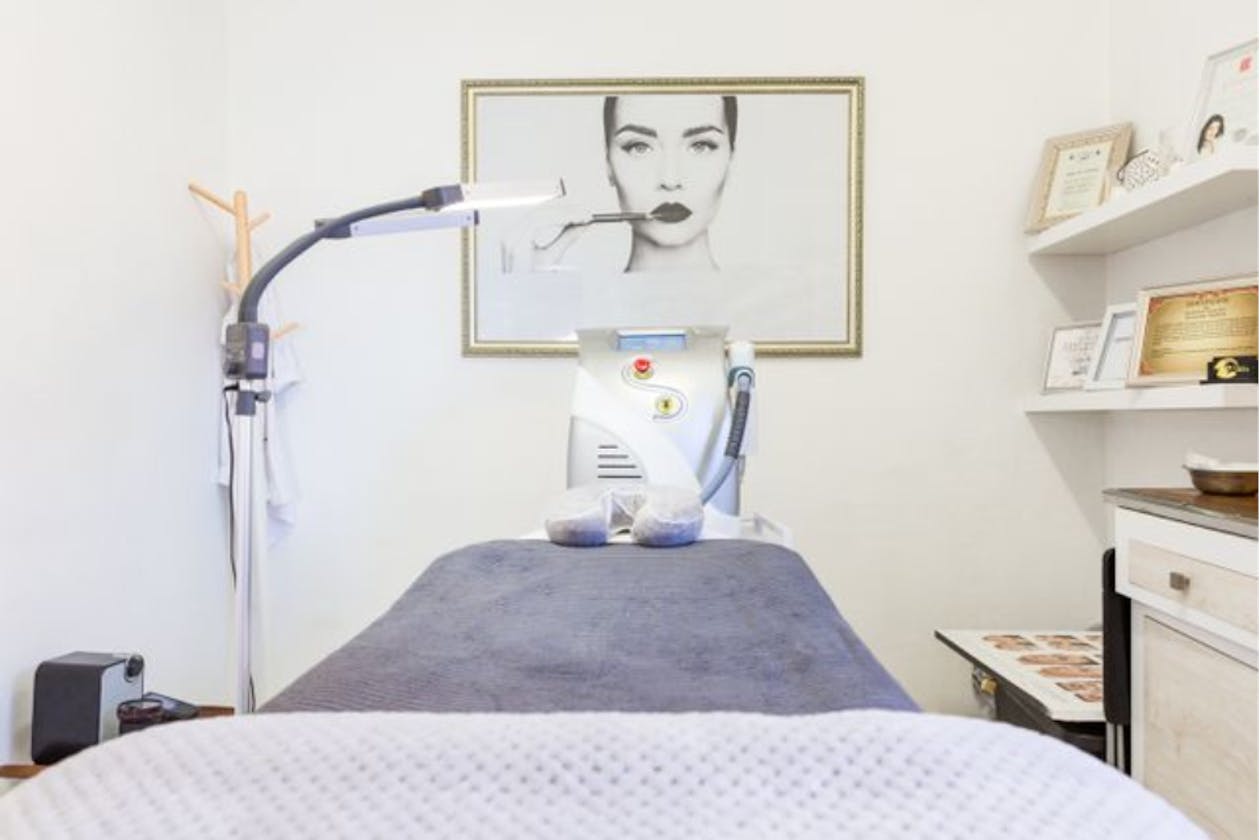
Brow Artistry HQ
179 Bondi Rd, NSW, Bondi 2026(212)This phenomenal O’Brien Street studio in Bondi is a one-stop shop for all your lash, brow, facials, waxing and make-up needs. Indulge in a pampering today!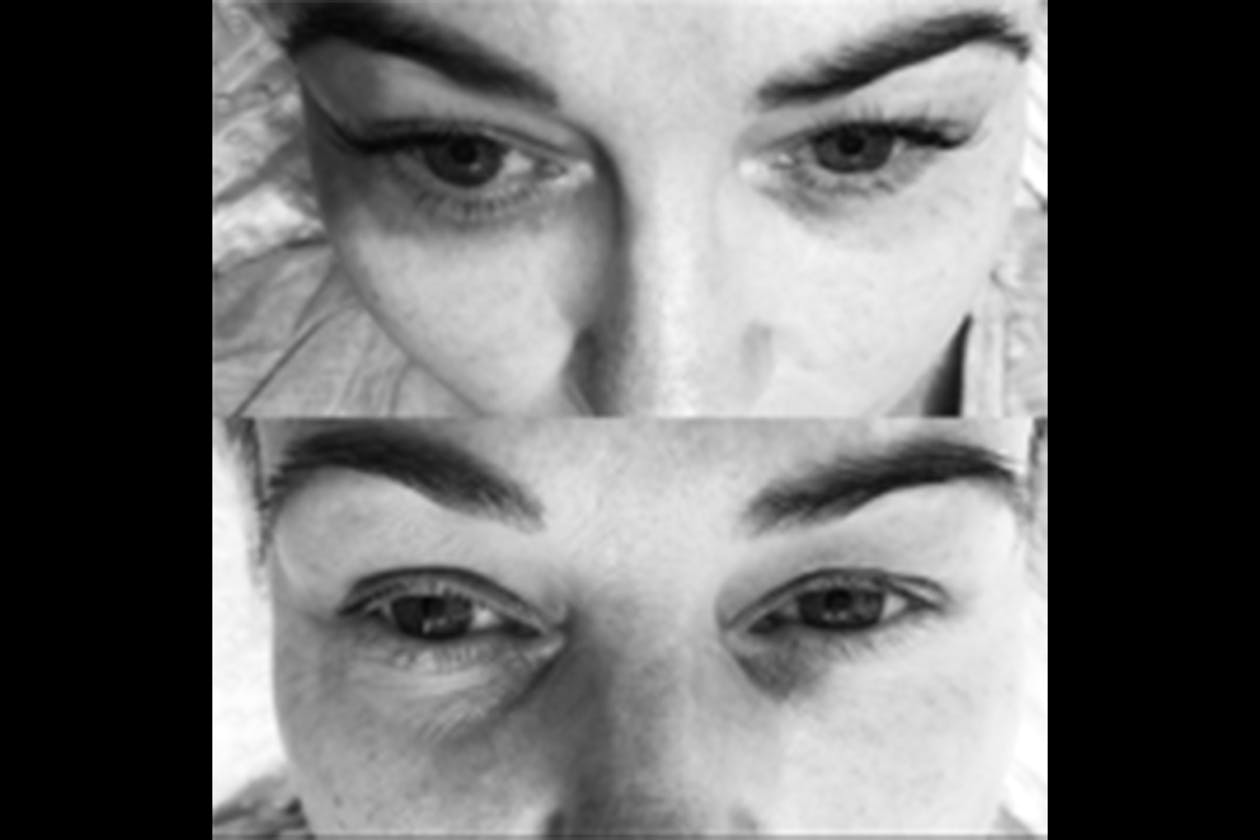
Brees Beauty Room
1 / 2 Smith Street, Charlestown 2290(77)Brees Beauty Room provides excellent service at affordable prices. Treatments include waxing, manicures, pedicures and spray tans, and brows and lashes.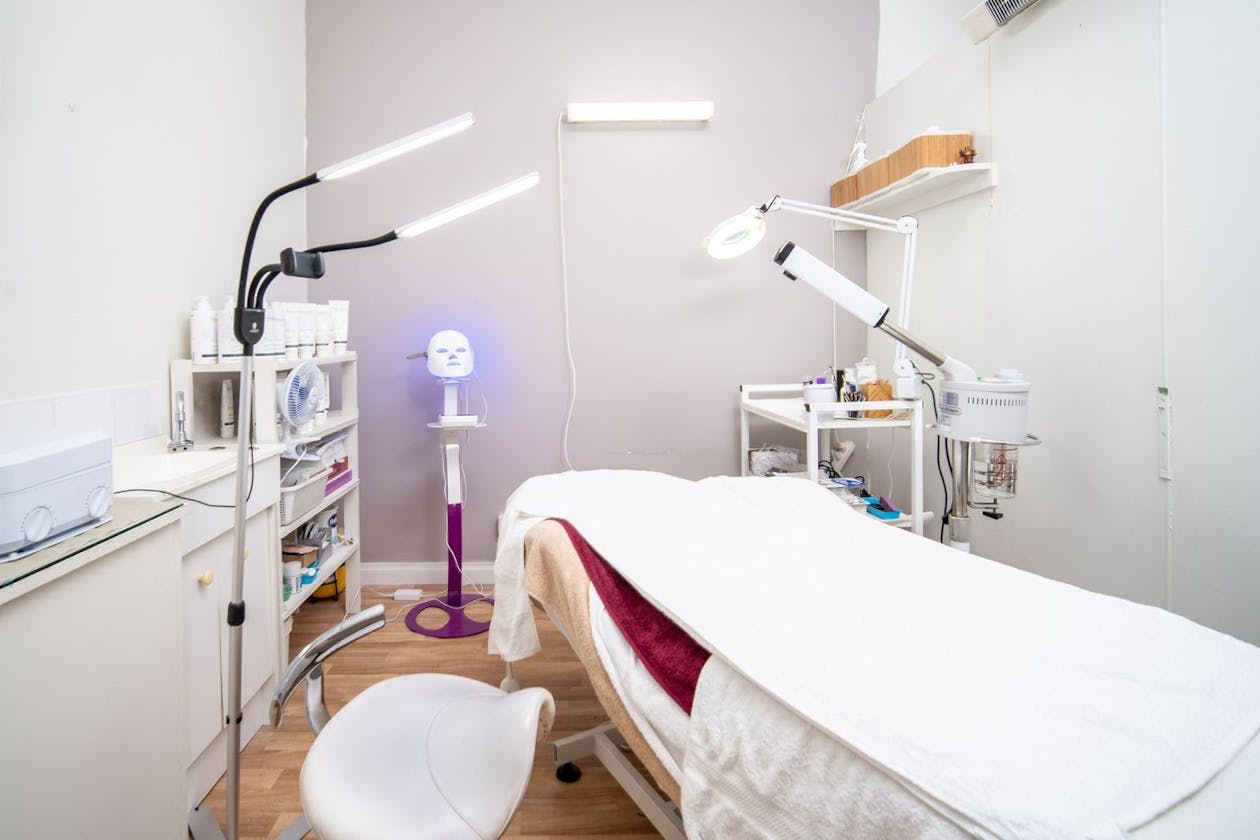
Beauty By Mela
131 Union Road, Ascot Vale 3032(95)Beauty by Mela is an innovative beauty studio specialising in decadent treatments to refresh and revitalise the skin located inside Ascot Value Beauty, Ascot Value.
Elle Skin Beauty
Suite 18 / 392 Logan Road, Greenslopes 4120(23)Elle Skin Beauty is a premium salon offering beauty, cosmetic, and personal care in Greenslopes.
Gloss Beauty Salon
Shop 1A / 57 Minnamurra Circuit, Prestons 2170(1919)For all your skin, beauty and relaxation needs, look no further than Gloss Beauty Salon, conveniently situated on Minnamurra Circuit in Prestons NSW.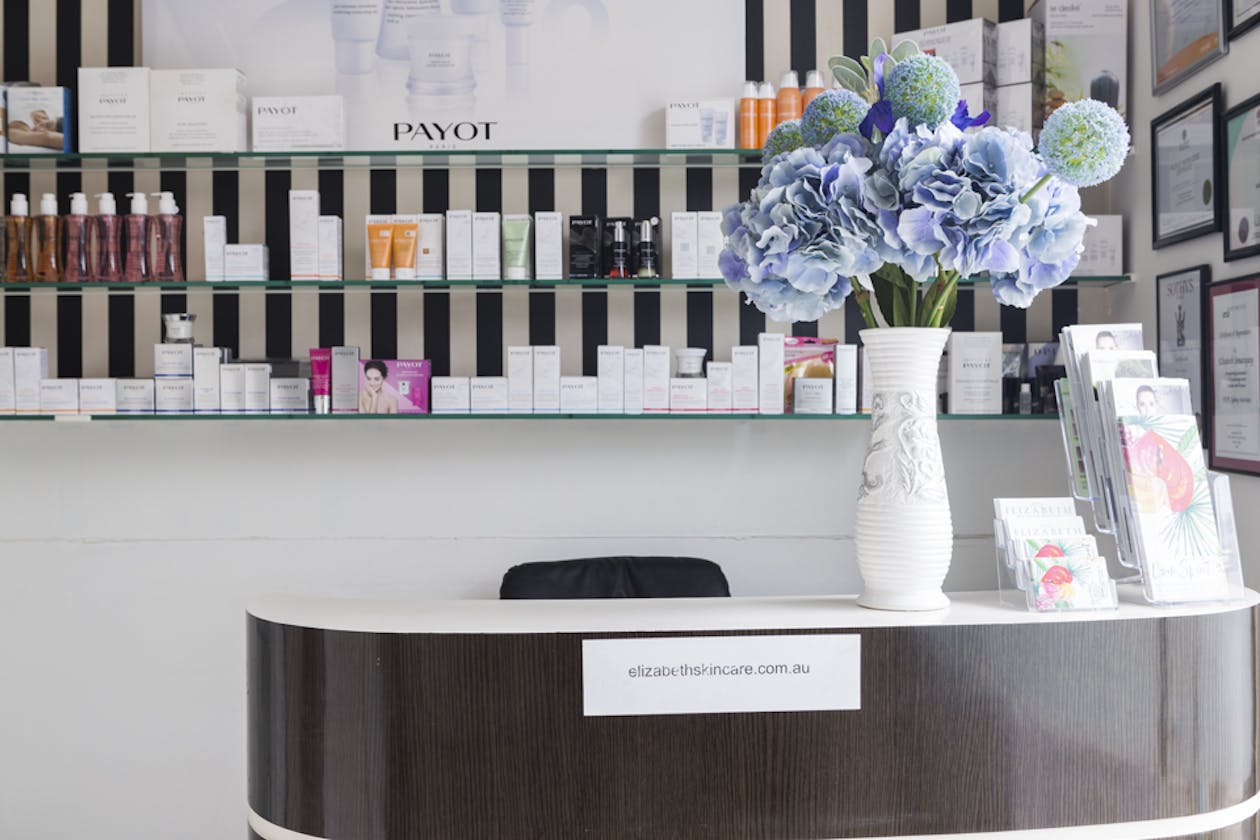
Elizabeth Skin Care
1 / 442 Darling Street, Balmain 2041(13)For beautiful skin, visit Elizabeth Skin Care. Try their signature My Payot Experience facial. Remove unwanted hair with electrolysis or IPL laser or sugaring.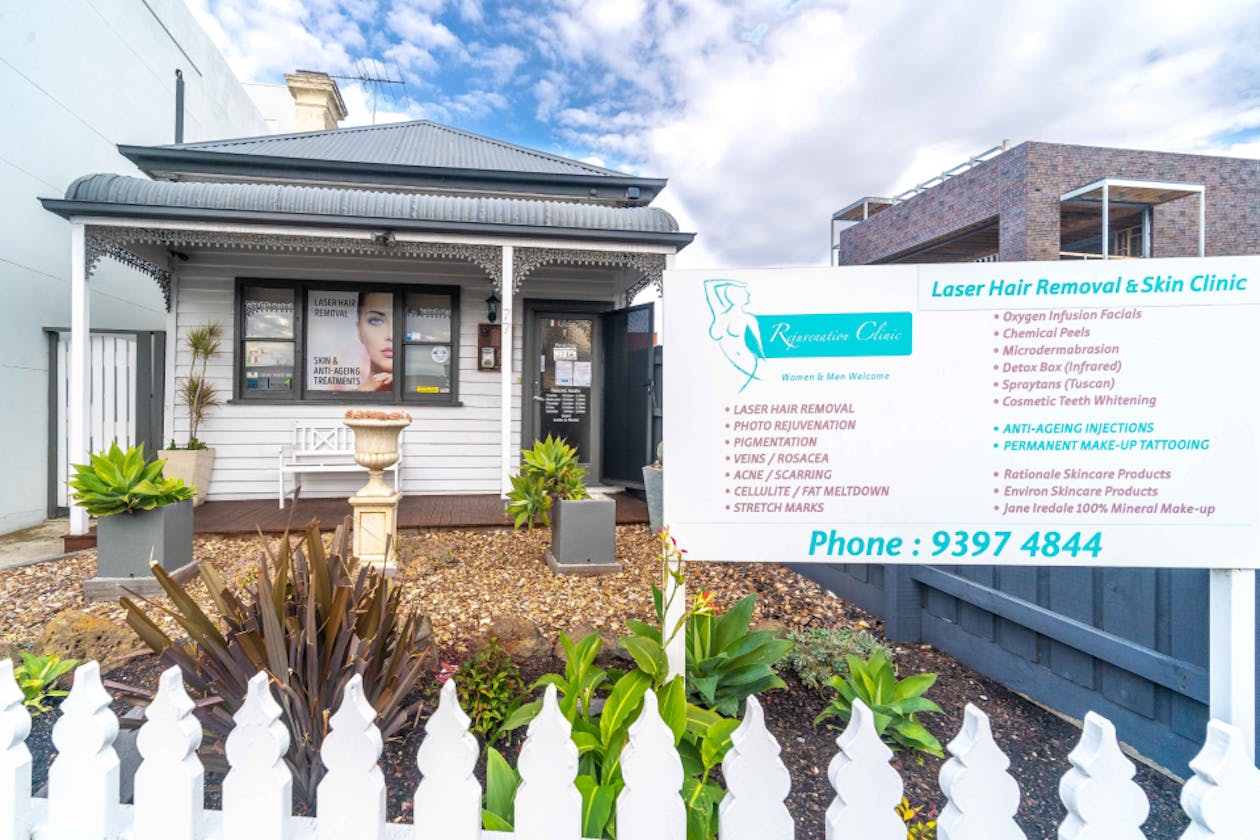
Mayfair Rejuvenation Clinic
77 Stevedore Street, Williamstown 3016(147)For expert Laser Hair Removal, visit Rejuvenation Clinic. On offer are Cosmetic Teeth Whitening, Photo Rejuvenation, and Laser Treatments for pigmentation.
Beauty On Main
Shop 6/15 Tedder Avenue , Main Beach 4217(14)Beauty on Main have incredible facials. Indulge in a relaxing, deep cleansing, or anti-ageing treatment. Then top it off with a body polish and manicure.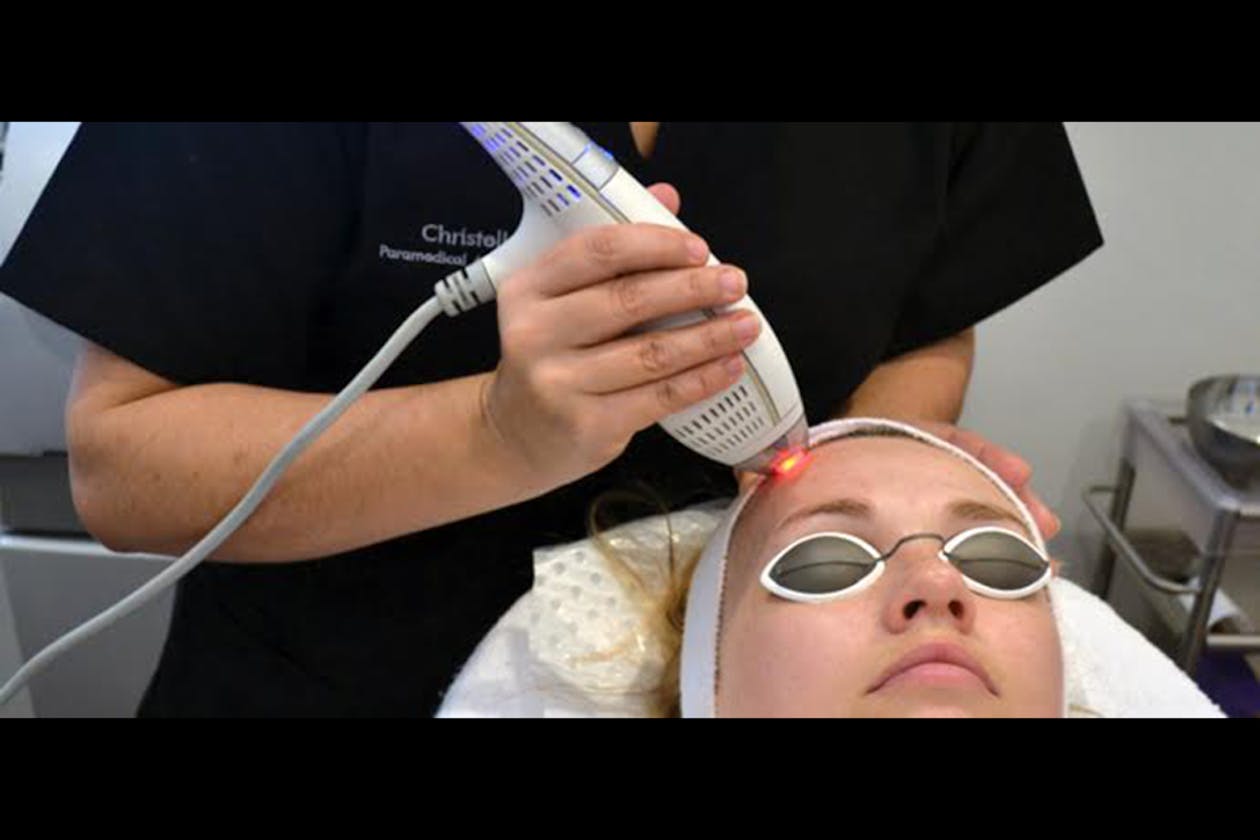
Evolve Cosmetic Clinic
72 Makassar Way, Clarkson 6030(242)Evolve Cosmetic Clinic for quality, friendly skincare. For perfect skin, book in a Chemical Peel, Skin Needling, IPL Treatments or Microdermabrasion treatment.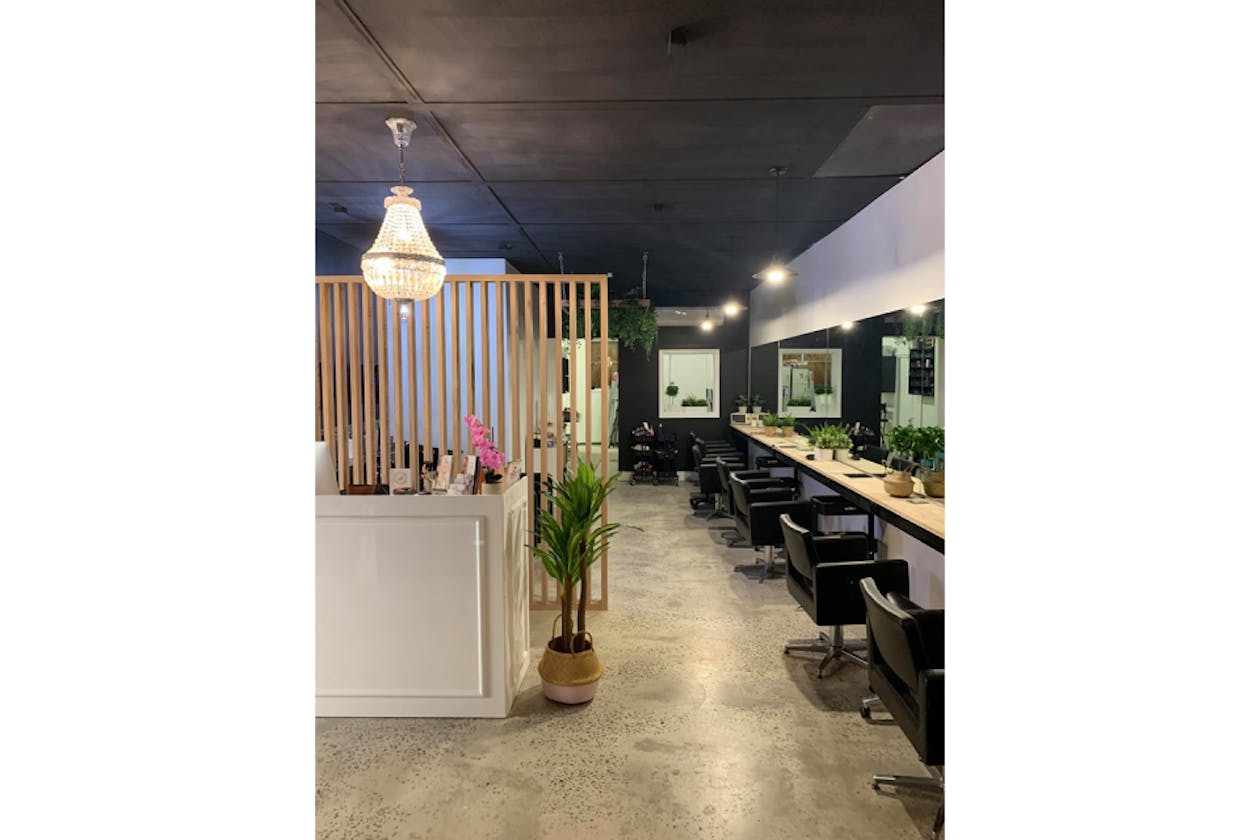
Salti Blonde & co.
15 Sevenoaks Road, Burwood East 3151(78)Salti Blonde & Co is a leading Melbourne hair salon located in Burwood East, specialising in precision cuts and colour correction.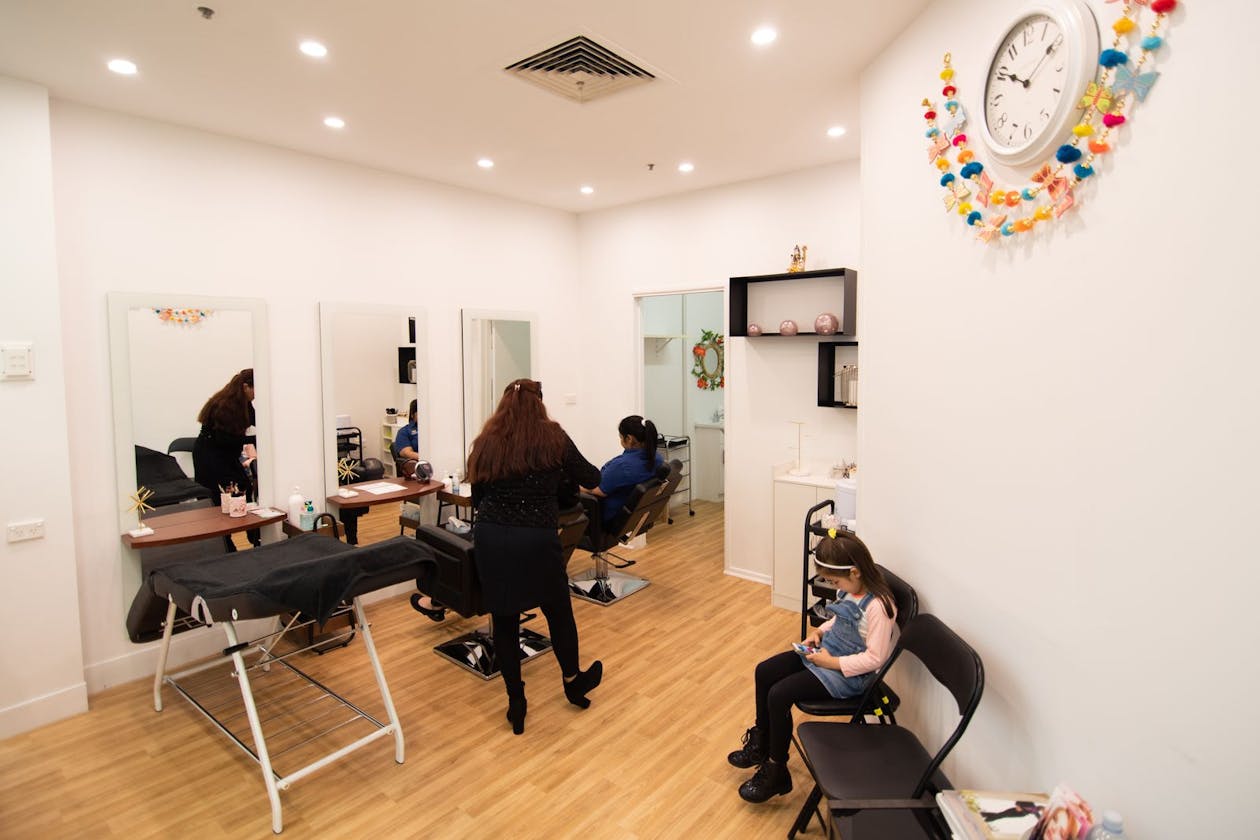
Rimi Beauty Salon Stafford
19/400 Stafford Road, Stafford 4053(140)For all your threading, waxing and beauty needs, the fantastic team at Rimi Beauty on Teviot Road in Greenbank have got you sorted. Book online today.
In2Skin Beauty & Dermal Therapy
1/269-275 Centre Dandenong Road, , Dingley Village 3172(7)For exceptional skin and beauty treatments, look no further than In2Skin Beauty & Dermal Therapy on Centre Dandenong Road in Dingley Village.
Aloha Skin & Beauty
5 / 13 Robertson Road, Killarney Vale 2261(84)Aloha Skin & Beauty is a Killarney Vale skin and beauty studio offering a variety of treatments to suit every skin.
Total Bliss Health and Beauty
104 Dawson Road (Ground Floor), Upper Mount Gravatt 4122(12)Anjeleen’s Natural Medicine Clinic offers a range of natural medicines and treatments. Indulge in a full body massage, facial, Naturopathy, cupping and more.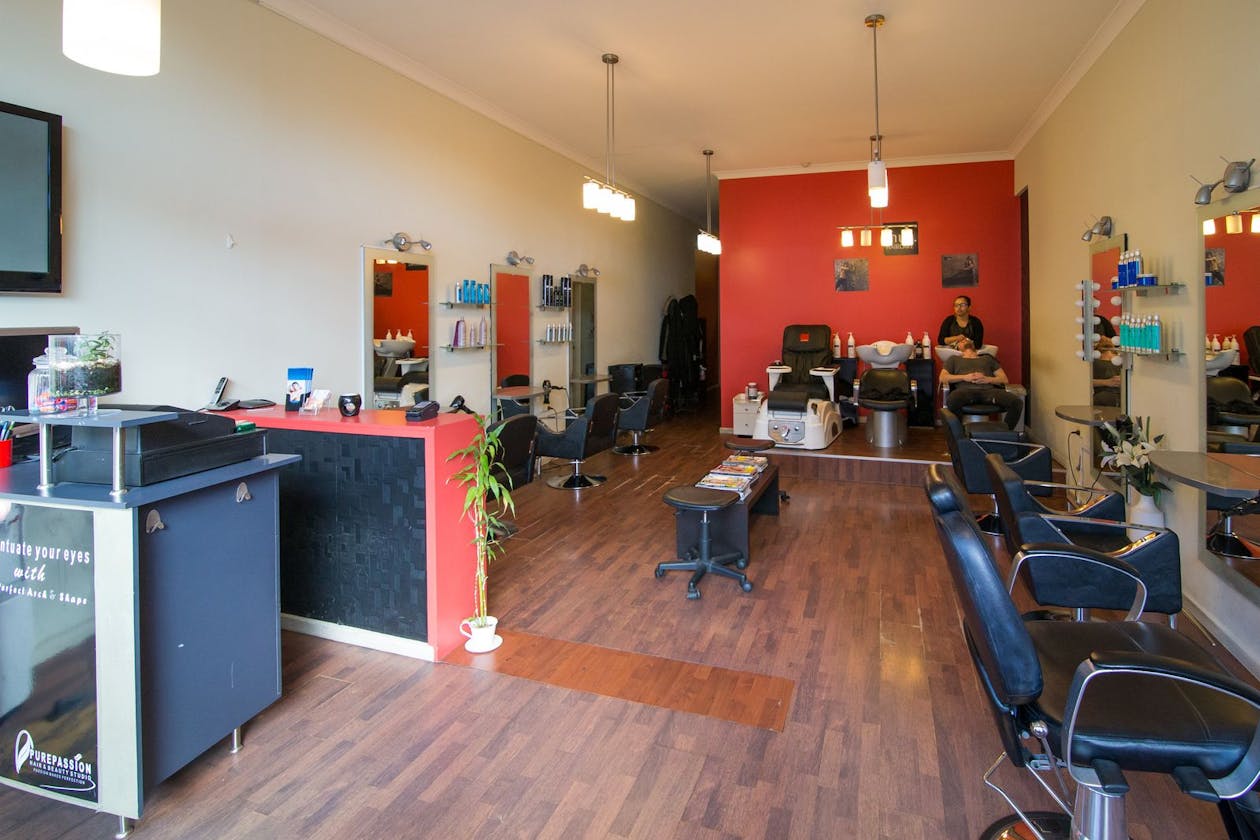
Pure Passion Hair and Beauty
89 Anderson Street, Yarraville 3013(160)Get all your hair and beauty needs covered in one place with Pure Passion Hair and Beauty. Services include hair, skin, nail and eyebrow threading.
Face Masks
What do you think of when somebody says face mask? Probably a gentle, soothing concoction, smoothed over your face to leave your skin looking and feeling gorgeous. If that's the case, it's probably just as well you weren't alive in the 1600s!
Due to the high regard for very light skin - popularised by Queen Elizabeth I - women applied a face mask called Ceruse. It did achieve the desired effect, but at what cost? Ceruse was made by mixing together white lead and vinegar!
Raw Meat & Poison - The History of Face Masks
The pale skin trend continued well into the 1800s, as lighter skin was a sign of wealth, social standing, and youthful beauty.
By the 1900s, however, it was fashionable to have a glowing skin. This was achieved by using face masks made of raw meat, and by booking appointments for Kemolite Radio-Active Beauty Plasma. Described as a volcanic mud treatment, the latter actually involved wearing radium-infused face masks, sometimes daily! Imagine trying to do that now!
Thankfully, by the 1940s, famous beauty names such as Helena Rubinstein and Elizabeth Arden were emerging, and the use of face masks became decidedly less dangerous to your health. For salons today, face masks are an integral part of any facial or skin treatment.
Natural Ingredients
It's possible that you've tried making your own face mask at some point, simply whipping something up in a blender and applying. For us anyways, it was usually better suited to a smoothie or a dessert than a face mask!
Having said that, there are some natural ingredients that are excellent for your skin, such as oatmeal, coconut, olive oil, and cucumber.
The beauty of a face mask is that is can be tailored to both your skin type and your specific skin concern. For example, a clay mask is awesome for oily skin or clogged pores. Clay is highly absorbent - which is great for soaking up excess oil. It can also draw out dirt and toxins from the skin, leaving it clearer and cleaner.
And best of all, a clay face mask will deliver a very generous serving of rich, natural minerals to your skin.
Finding The Right Treatment
For normal or combination skin, it's actually harder to find the right product. You want something that absorbs excess oil, but won't dry out the dryer patches of skin. Honey is a great choice, especially teamed with turmeric. Honey is not only delicious to eat, but highly beneficial to the skin, as it is packed with minerals and has a gentle, hydrating, and calming effect.
For dry skin, you're looking for something that is deeply nourishing and hydrating. Again, honey is a great choice, especially when mixed with a good natural oil, such as coconut.
Of course, these are very basic recipes. Beauty salons and spas offer many more choices combined with the latest science to achieve more dramatic and longer-lasting effects than at home recipies can. A beauty therapist can advise on the best choice for your skin type. They will have face masks to brighten your skin, treat acne, discolouration or redness, and get rid of blemishes. There are collagen face masks to improve the elasticity of your skin and masks to treat pigmentation or rosacea.
The Spa Experience
Generally, you don't go to a spa or salon just for a face mask. It will be one part of an entire relaxing, indulgent, totally delicious treatment. Face masks are far more effective when you thoroughly cleanse and tone first. You may also get a facial massage, too, or a steam session, to open up the pores.
There are anti-ageing face masks, non-surgical face lifts and ultra-hydrating face masks. There's seaweed, mud and clay, not to mention herbs, oils and fruits.
One thing's for sure, face masks are extremely popular. So if you're not planning to have one soon, why not?